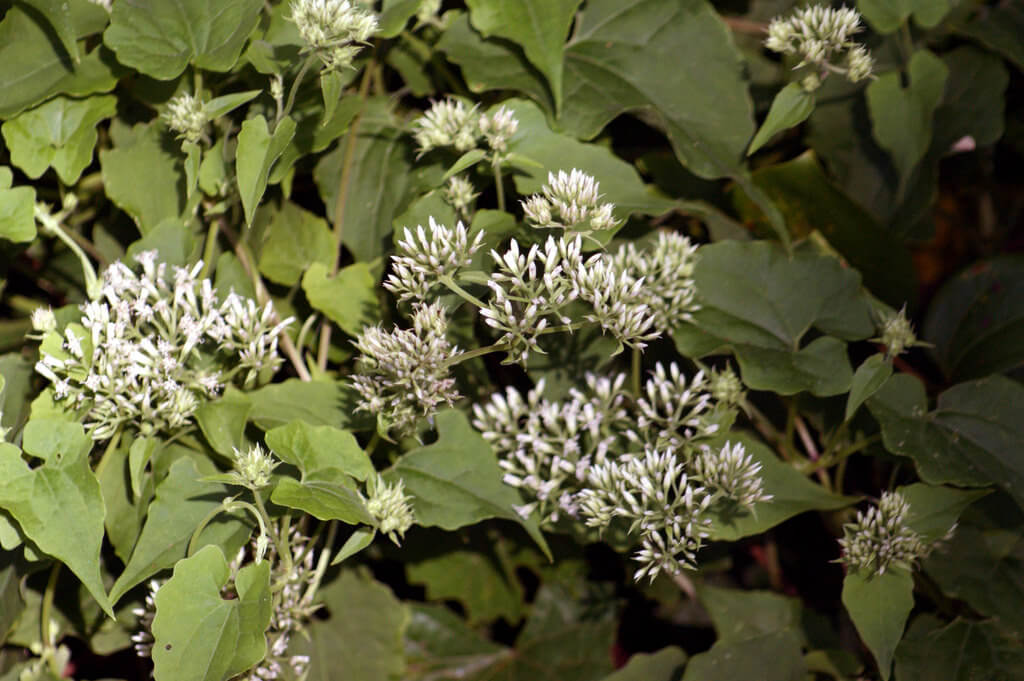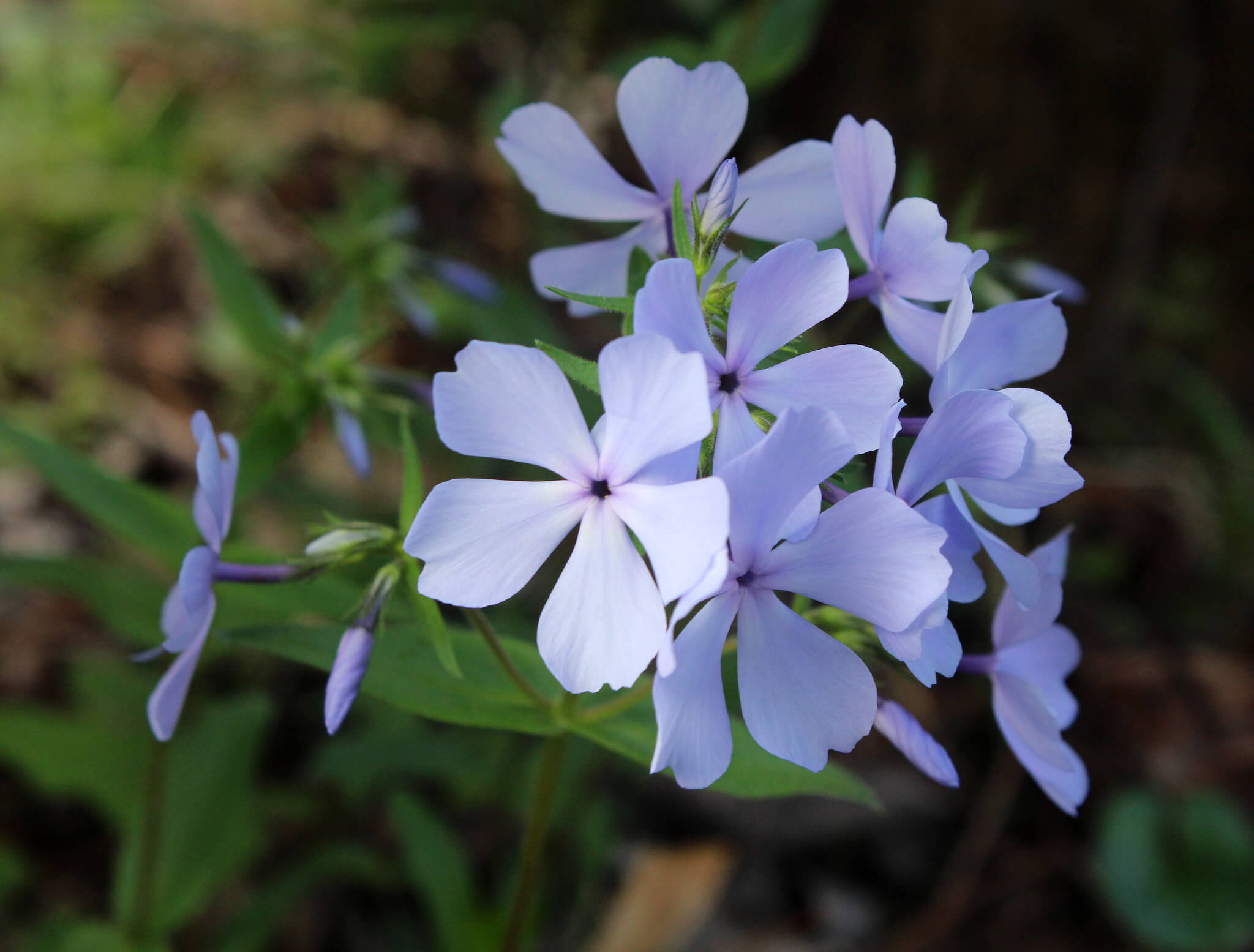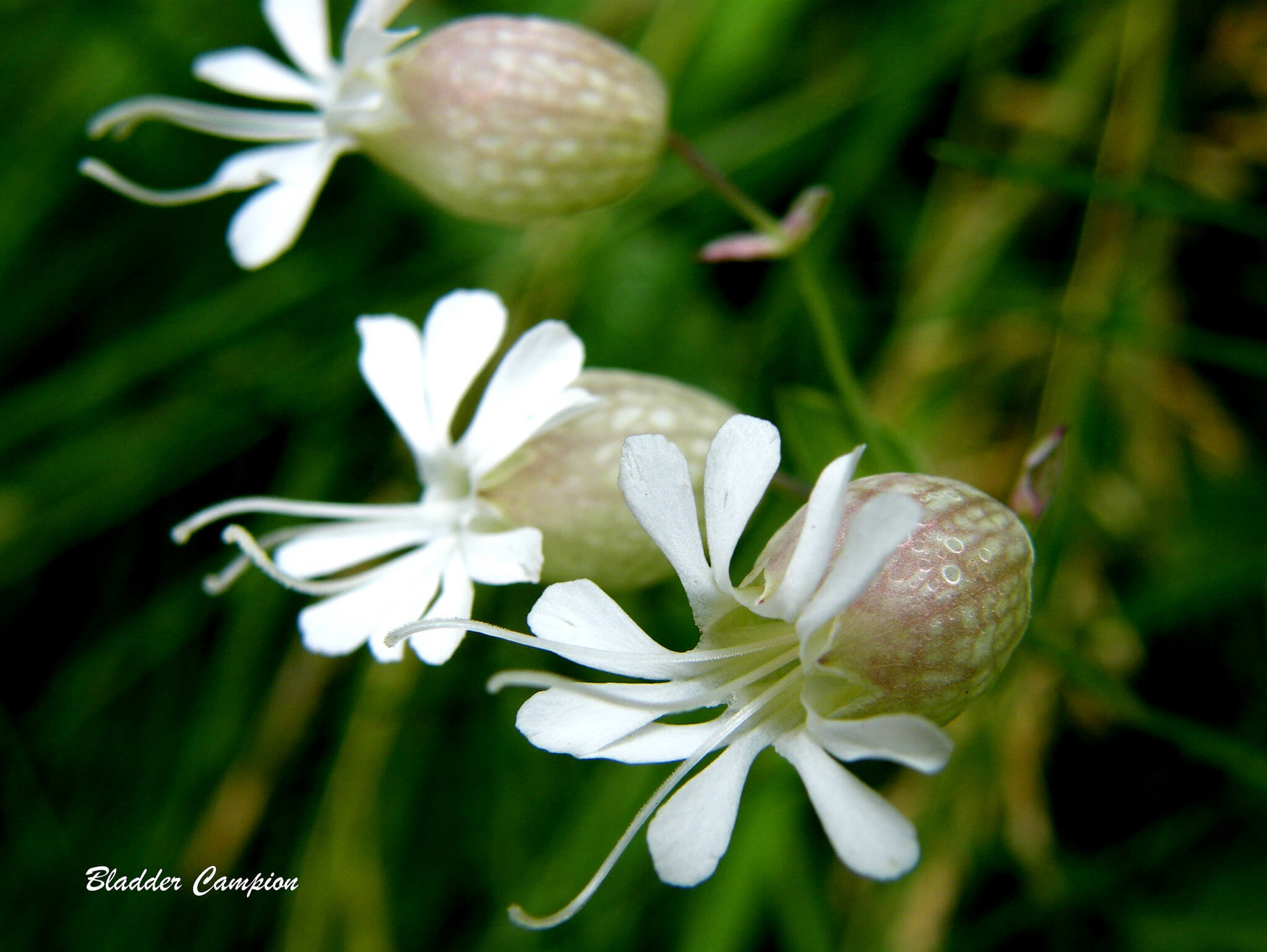Virginia’s relatively mild weather and different kinds of soil makes it a perfect place for a great variety of wildflowers. Here are nine of the wildflowers native to the state:
1. Bladder Campion
This member of the pink family has white flowers with notched petals growing in loose clusters on stalks. The plant can grow from 8 to 30 inches tall, flowers from April to August, and is often seen in fields and along the edges of highways and roads. It gets its name because the calyx looks inflated like a bladder.
2. Goat’s Rue or Devil’s Shoestrings
Goat’s Rue is a member of the pea family and has lovely, pink and yellow, pea-like flowers which cluster together on top of a hairy stem and appear from May till August. These flowers eventually give way to a narrow, white, hairy, 2-inch long pod. Goat’s Rue is found in the sandy soil of dry woods and clearings. Its other name, Devil’s Shoestrings, comes from its long, stringy roots. Goat’s Rue is commonly used as a supplement for breastfeeding mothers.

3. Climbing Boneset
This vine, also called Climbing Hempweed, is a member of the sunflower family. The flowers are small and made up of four disk flowers surrounded by bracts that resemble petals. Climbing boneset is found along streams, in swamps and in thickets where the soil is moist.
4. Feverwort
Feverwort is a plant with hairy, coarse, sticky stems and small tube shaped flowers that are red to greenish. They appear from May to July. The leaves appear in pairs and look like they’re pierced by the stem. The plant can grow to four feet tall and is found in thickets and open, rocky woods. The fruit is a yellowish-orange berry that can be dried, roasted and drunk as a coffee substitute, thus giving the plant its alternate name of Wild Coffee.
5. Wild Blue Phlox
Wild Blue Phlox has clusters of light blue, trumpet-shaped flowers that arrive from April to June and have a slight fragrance. The stem is sticky and produces creeping shoots at the bottom. The plant grows to about 20 inches high and is found in fields and woods. In Virginia, the flowers of the mature plants have notches on the petals.

6. Mistletoe
This parasitic plant is traditionally shot out of the deciduous trees to be used as a Christmas decoration. It has tiny yellow flowers, with male and female flowers on different plants. The mistletoe is noted for its white, berry-like fruit which is poisonous to humans.
7. Common Milkweed
Common Milkweed is the host plant for the monarch and other butterflies. It is a tall plant with downy stems and leaves that exude a milky juice when cut. The pink to purplish flowers arrive in June and continue through August. Milkweed is found in abandoned fields, roadsides, and waste places.
8. Spotted Wintergreen
Spotted Wintergreen has nodding, waxy, white or pink flowers. They’re found in small clusters on top of a stem with green and white leaves. The fruit is a brown capsule that clings to the plant throughout the winter. Spotted wintergreen is found in dry wooded areas.
9. Indian Cucumber Root
This uncommon wildflower has nodding, yellow-green flowers that arrive from May to June and give way to a purple berry that resembles a blueberry. It’s found in moist woods and gets its name because the edible root tastes and smells like cucumber.

